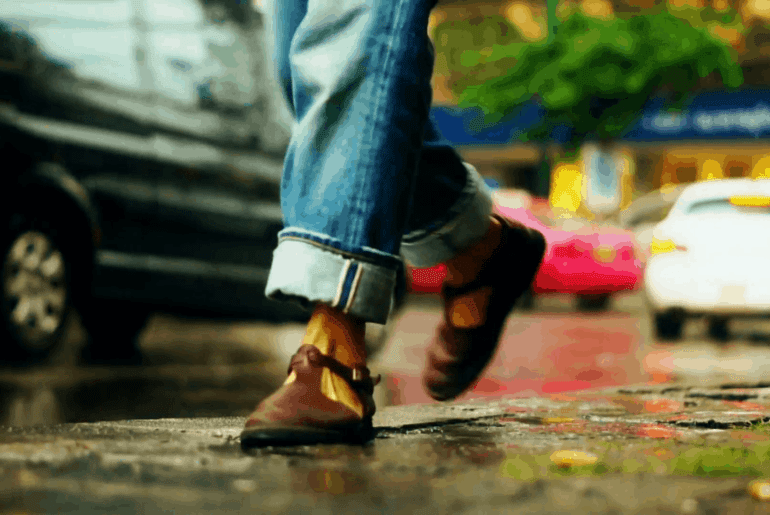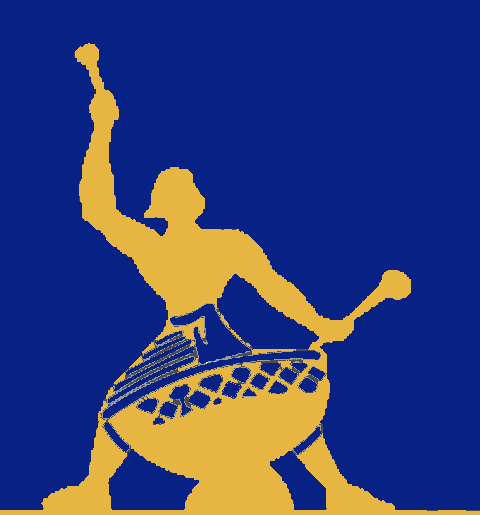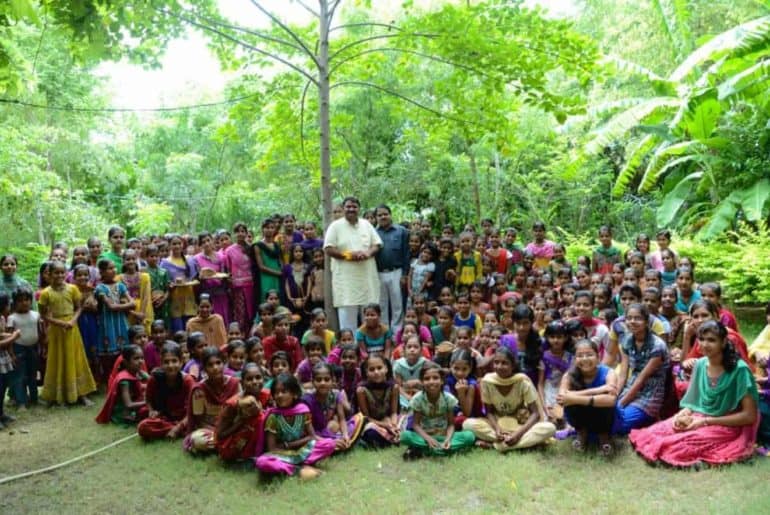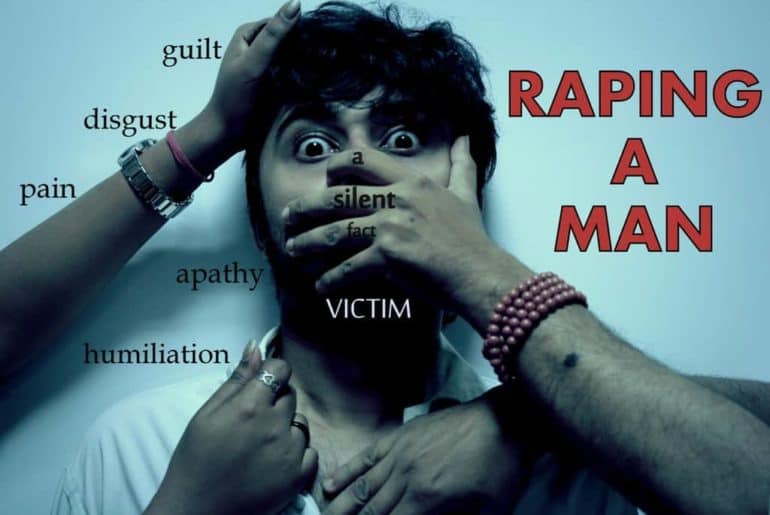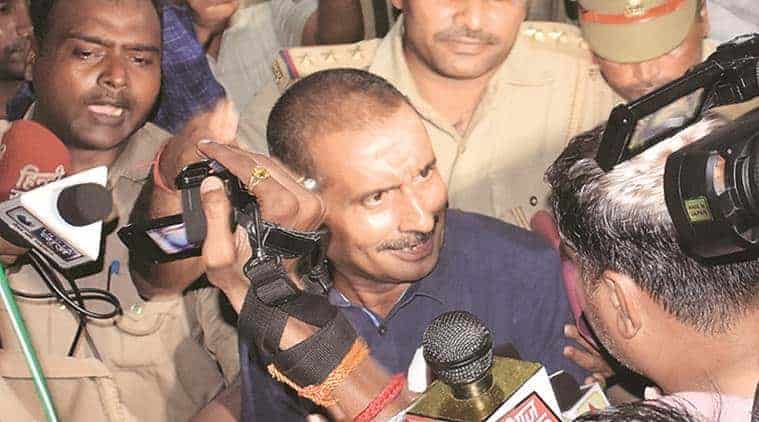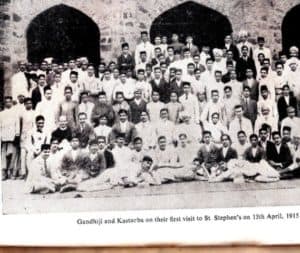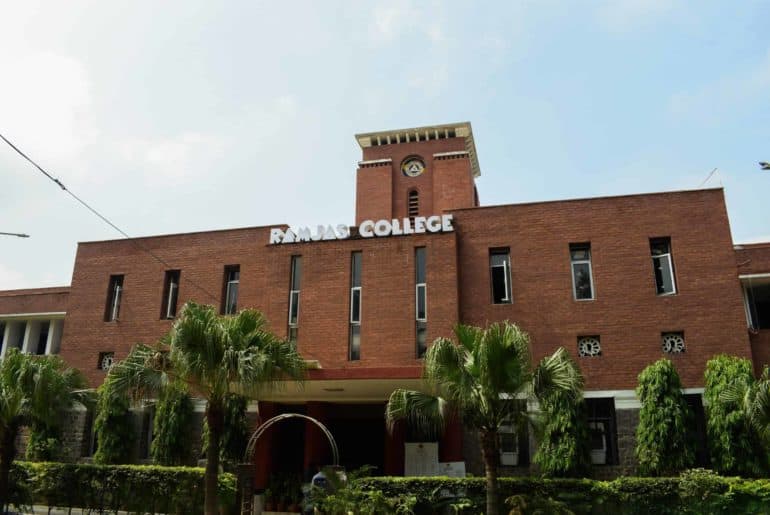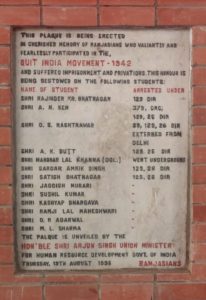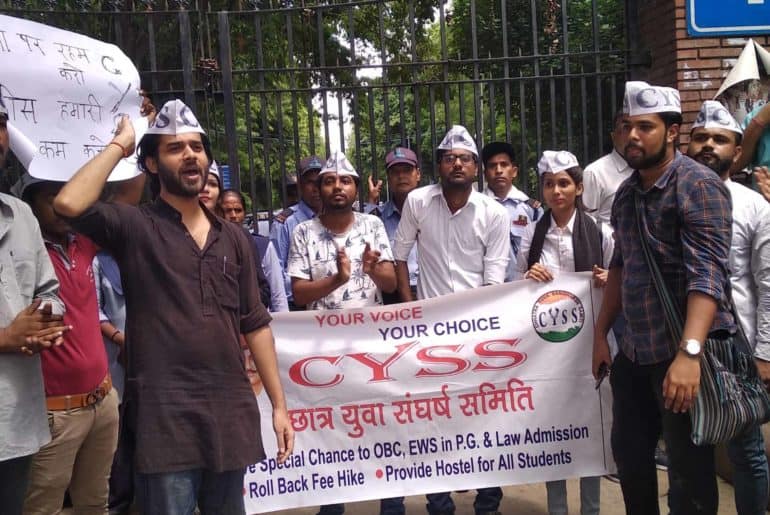When it rains, it’s time to dust your umbrellas up and take them out for a ride to school. It’s also time for you to rethink about your attire and wardrobe. Here are a few footwear choices to think about along with your clothes.
The slight rains in Delhi these days, come as a relief to many people including residents who have had to depend on Municipal corporations to get adequate water. As the rains bring good news it also demands a change in your wardrobe.
That’s where footwear becomes an important factor after all nobody wants to go to college wearing drenched socks which would smell eventually. Many times, it’s the last thing that we bother about but choosing the right footwear not only protects you from the everyday puddles and little ponds in the city. It also adds a sense of style. As the saying goes A person is judged by their shoes!
So, here are some footwear choices to try out for your college day!
Sports shoes
They are also a favourite choice for students who tend to have an athletic side to them but as these shoes require for you to wear socks, it could become a disaster for you in no time. Wearing no show, linear and pad socks would be a greater alternative as these socks stop at the ankle and thus won’t get wet.
Chappals
Turns out that a vast number of students would prefer chappals in the rain than anything else. Yes, it’s true. Wearing chappals is not the biggest fashion blunder to make as these not only are the comfiest footwear but also dry off quickly. A great number of fashionable chappals have come up in the market and thus are surely a good choice.
Crocs
his wonder has taken the fashion space by storm and has been dominating it for quite some time now. A mix of both the slippers and shoes. Yet sleeker than both is a great option for students to cope up with their rainy day. Crocks, not only offer comfort but also enables you to hide your legs. These have come up in a number of variations and are available at great prices as well.
Boots
An all-time choice for rains, these, may not be the first choice when it comes to pairing them up stylishly with your outfit, but boots have a great sense of style to them. The market today has many variations to the classic boots, with available in leather and other such water-resistant materials. The bulky resemblance also adds weight to the whole appearance and also gives you the ideal cowboy look when paired with jeans. If that is not the ideal look for you there are variations like the motto boots and the duck boots that can obviously find a way to your wardrobe.
These are some of the many options that you can try out for the rains. They are, of course, the question of what goes with what.
Experiment with your footwear this season and stand out from the rest of the crowd because who doesn’t.
Featured Image Credits- Video Blocks
Stephen Mathew

